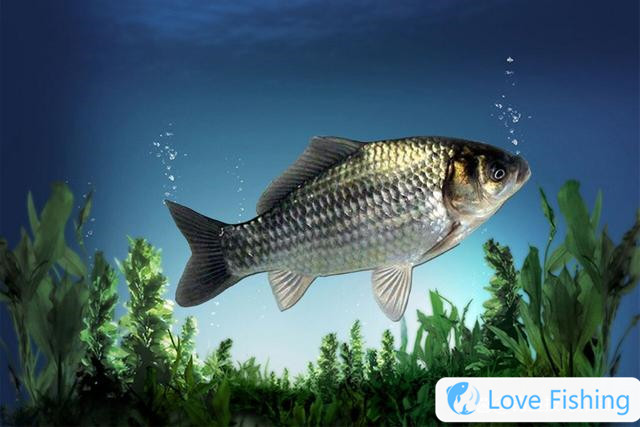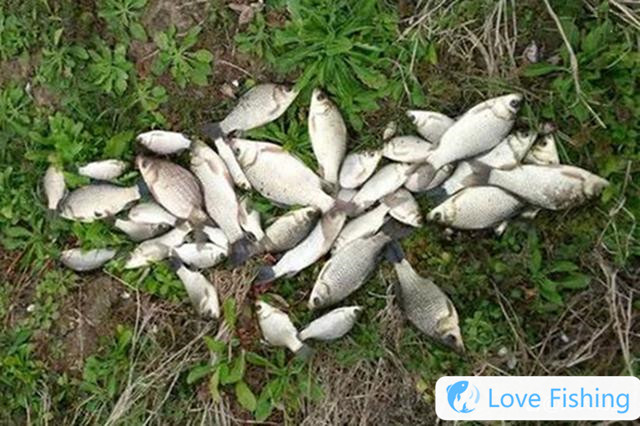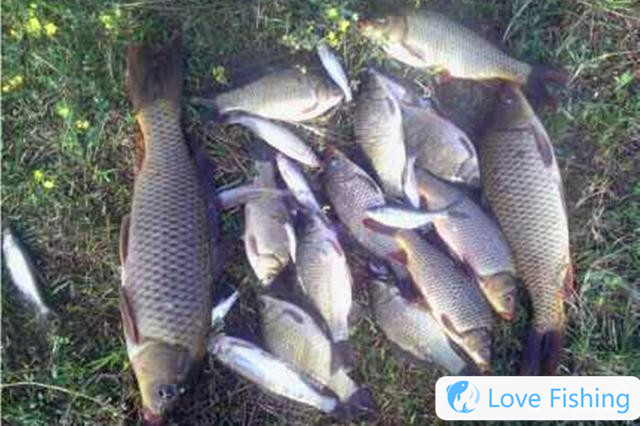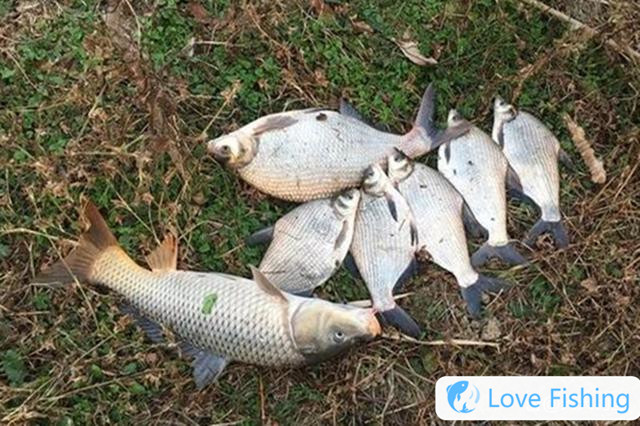Are Traditional Fishing The Same As The Floats On The Platfo
Traditional fishing is the most widely used fishing technique. In fact, traditional fishing does not specifically refer to a certain fishing method. The fishing methods before the introduction of Taiwanese fishing can be called traditional fishing. For example, long rod short-line fishing, grain wheat fishing, hand-line fishing, and wheel-wheel fishing are all traditional fishing. Let’s take a look at the difference between traditional fishing and Taiwanese fishing!
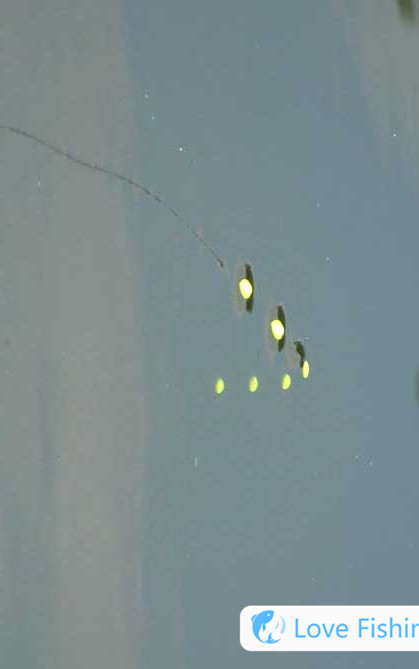
1. Definition of fishing method
Traditional fishing does not specifically refer to a certain fishing method, but is just to distinguish the name of Taiwan fishing. It generally refers to all other fishing techniques except Taiwan fishing and lure fishing. For example, long rod short-line fishing, grain wheat fishing, hand-line fishing, and wheel-car fishing are all traditional fishing. Taiwan fishing is actually the abbreviation of "Taiwan fishing techniques". It was spread from Taiwan to the mainland in the 1980s and soon became popular all over the country.
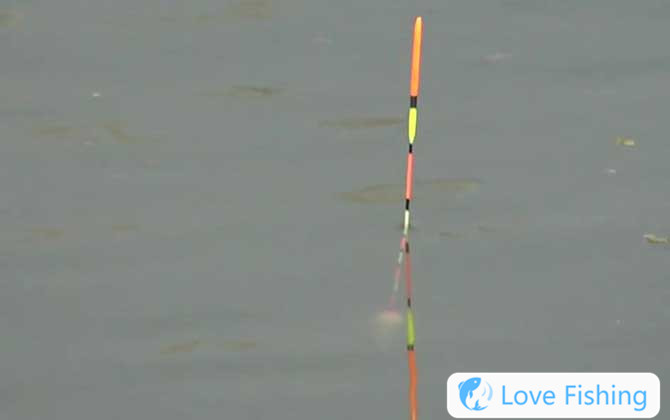
2. Selection of floats
Traditional fishing and platform fishing can be the same or different. Floats are the most basic tools for fishing. Commonly used include vertical floats, seven-star floats, horizontal floats, spherical floats, etc., especially vertical floats and seven-star floats are the most commonly used. Among them, stand-alone floats are generally used. In addition to standing floats, traditional fishing can also use seven-star floats, horizontal floats, spherical floats, etc. The specific floats used should be comprehensively considered for fish situation, water conditions, fishing methods, etc.
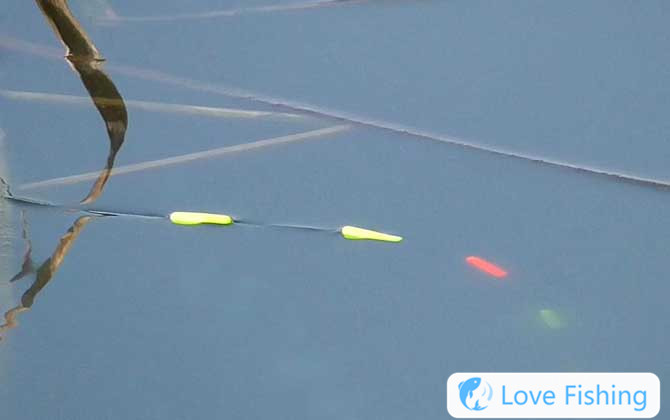
3. Comparison of fishing methods
1. Fishing ground: Traditional fishing has almost no requirements for fishing grounds. In fact, almost all fishing and water conditions have traditional fishing methods corresponding to them; Taiwanese fishing has relatively high requirements for fishing grounds, especially in fishing spots with complex environments, which often have great limitations.
2. Fishing gear: Traditional fishing does not require high requirements for fishing gear. One rod, one line, and one box of bait are almost all the items of traditional fishing; table fishing has relatively high requirements for fishing gear, and you must prepare a lot of fishing rods, line sets, rod racks, fishing chairs, bait plates, etc.
3. Adjust the float: Traditional fishing is generally a bottom fishing and blunt fishing (traditional fishing can also be used to fish floating and fishing), and its sensitivity may be slightly inferior to Taiwanese fishing; the biggest advantage of Taiwanese fishing is its high sensitivity, and any slight changes underwater can accurately reflect on the float.
4. Bad: Traditional fishing can be said to be a variety of baits, and the most commonly used are natural baits such as earthworms, red worms, corn, and wheat. Taiwanese fishing mainly uses commercial baits, and commonly used include field blue crucian carp, September 18, crazy fishing, snail carp, large plate crucian carp, etc.
5. Buying nests: Traditional fishing requires high requirements for baiting nests. Generally, they are going to be fished first and then fished. The more they fished, the fewer the fish in the nest. You can fish while tempted. Each time you throw bait, it can be considered as baiting nests. The more you fished, the more you fished, the more you fished.
6. Fishing: The traditional fishing rate may not be as good as Taiwan fishing, but the individual fish are often larger than Taiwan fishing. In many cases, as long as there are fish bites the hook, they are almost all big fish; the rate of fishing rate of Taiwan fishing is relatively high, but the largest number of fish are often small fish such as crucian carp and white bark.
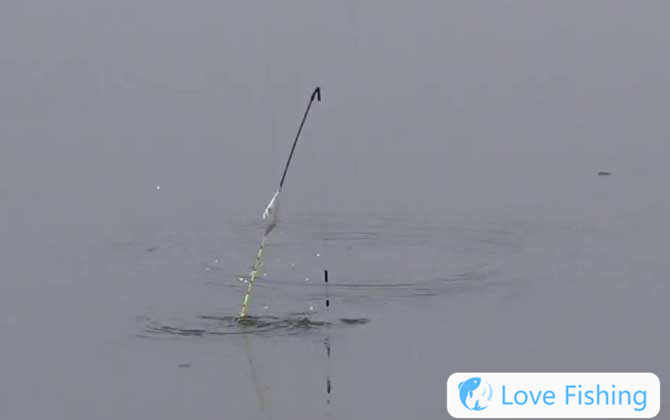
4. Floating adjustment skills
1. Method of adjusting floats on the vertical float
① Find the bottom of heavy lead: Add a large lead to the lead base and throw it into the water. The float will be completely immersed in the water under the gravity of the lead sinker. Then lift the rod and pull the float until the float level. At this time, the distance between the lead sinker and the top of the float (not the float seat) is the approximate water depth.
② Semi-water mesh adjustment: The distance between the float pulls down by a distance greater than the length of the float and sub-line, and then trim the lead until the float exposes the number of mesh you want to adjust. For example, adjust 4 mesh and cut the lead to the float expose 4 mesh. At this time, the gravity of the lead sinker is roughly equal to the buoyancy of the float.
③ Weight measurement of hanging bait: The bait is thrown into the water on the fish hook. At this time, the number of mesh of the float sinking is the weight of the bait. For example, the empty hook is adjusted to 4 mesh, and the float exposed to 2 mesh after hanging the bait, which means that the weight of the bait is 2 mesh, in order to ensure the sensitivity and uniform size of the bait.
④ Adjust fishing eyes: Hang the bait and pull the float to expose the number of eyes you want to catch. For example, adjust the empty hook to 4 eyes, the weight of the bait is 2 eyes, and the float exposed to more than 2 eyes is considered dull. The float just exposed to two eyes is considered unsensical and unsensible. The float exposed to less than 2 eyes is considered as fishing spirit.
2. Seven-star float adjustment method
① Find the bottom of heavy lead: When adjusting the float of the seven-star float, you also need to find the bottom of heavy lead. The specific method is to add a large piece of lead to the lead base and throw it into the water. Under the gravity of the lead sinker, all the seven-star floats must be immersed in the water, and then move the top float until it just exposed to the water surface. At this time, the distance between the lead sinker and the float bean is the depth of the fishing spot.
② Trim the lead: After finding the bottom of heavy lead, you can trim the lead in half water. The specific method is to pull the top float bean down to the direction of the fish hook larger than the distance of the sub-line. The purpose is to ensure that the lead sinker and the fish hook can be off the bottom, and then trim the lead until the top float bean is exposed to the water surface. At this time, the gravity of the line group is exactly equal to the buoyancy of the seven-star float.
③ Adjust the sensitivity of the line group: After the lead is trimmed, the sensitivity of the line group can be adjusted. The specific method is to hang the bait and throw it into the water. At this time, you only need to move the floating beans to adjust the sensitivity and dullness of the line group. Among them, when pulling up the floating beans, it is a fishing spirit when exposed, and when exposed 2 floating beans, it is a fishing spirit. When exposed 3 or even 4 floating beans, it is a fishing spirit.
Recommended Reading
About us| Privacy Policy| Contact Us
Copyright © 2023-2030 Copyright@Love Fishing
